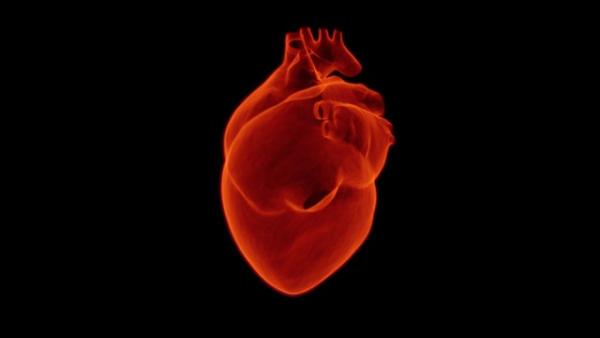Treating heart disease with a needle stick, balloon and stent (percutaneous coronary intervention, PCI) represent a significant component of heart care. The use of these techniques for symptoms of angina or chest pain (rather than a more serious event like a heart attack) has recently been criticized for not contributing to improved patient outcomes. And cardiologists themselves report, that only 54% of patients treated with these procedures were appropriately managed; the rest may not require any percutaneous coronary intervention at all. A study from China reminds us why this is true, but doesn't shed much light on why some cardiologists resist some evidence-based medicine.
Typically, when a cardiologist, either American or Chinese, performs these treatments they first assess how narrowed the coronary artery has become. For reasons of physics and blood flow, a 70% narrowing is considered the lower limit of intervention. 70% or more, treat the problem with angioplasty and stenting or surgery; less than 70% treat medically. What is remarkable is that cardiologists determine the degree of narrowing, termed stenosis, by merely looking, the same method used since catheterization was invented more than fifty years ago, they rarely use newer and more accurate technologies.
In the Chinese study, using 1548 PCI procedures, they compared the cardiologist measurement to that of a validated computer algorithm that calculates narrowing using the same images the cardiologist evaluates. Turns out, and no surprise, cardiologists are not so accurate in their size measurements. Cardiologists overestimated narrowing by 20% or more in 41% of patients with angina and by 25.3% of patients who had a heart attack. This trend held true when considering individual physicians as well as hospital results. Bottom line, cardiologist’s eyes are not as accurate as the computer algorithm. While this may be surprising to you, cardiologists already know this to be true from similar findings from studies in the U.S.
The computer algorithm, quantitative coronary angiography, is software that takes the same images viewed by the cardiologist and applies math to determine the narrowing of these irregular vessels. While dependent upon image quality, just as the cardiologist, it is highly reproducible and accurate. Cardiologists have argued against using these measures as a standard because it places too much emphasis on the degree of narrowing and not all heart attacks are due to narrowing. Some heart attacks are due to bits of plaque breaking off and traveling downstream to block the coronary arteries. But in those cases it is the shape and content of plaques that are diagnostic, accuracy in measuring narrowing is irrelevant.
Narrowing is far more critical in patients who have not had a heart attack but have had symptoms of intermittent insufficient blood flow, like chest pain. In these patients, the medical belief is that when a person exerts themselves and the heart requires more oxygen, the narrowing limits the amount of blood and oxygen getting to the tissue and causes the chest pain. The current studies, as well as prior U.S. studies, show that most of the discrepancy in measuring narrowing is in these patients, where narrowing is the critical threshold to treatment.
In addition to the computer algorithm, cardiologists have techniques for measuring whether a narrowing actually limits blood flow called fractional flow reserve. It measures how much the pressure drops across the narrowing when the heart beats more rapidly, exerting itself. Like the computer algorithm, it is highly reproducible and accurate but is used in only 6.1% of coronary interventions involving narrowings. Given the high rate of questionably appropriate treatments, that is problematic.
There is a lot of controversy among experts as to whether eyeballs, computers, or blood flow is the best diagnostic tool to determine the need for intervention. But what is not controversial is that using computers or blood flow measurements reduces the number of patients “requiring” angioplasty and stents and that these patients do just as well as those treated medically.
It is an intriguing notion to consider that the reason that the recent study of angioplasty showed no benefit in patients with angina is that so many were overtreated and that they would have been treated medically if only the computer or the blood flow was allowed to decide, not simply the cardiologist's eyeballs. I am not advocating replacing cardiologists with artificial intelligence, nor am I suggesting that this problem arises because of our fee for service payment model, or that some doctors find it impossible not to treat a narrowing when they see it. I am simply suggesting that they begin to embrace the tools they already have and should be using.
Source: Comparison of Physician Visual Assessment with Quantitative Coronary Angiography in Assessment of Stenosis Severity in China JAMA Intern Med DOI:10.1001/jamainternmed.2017.7821




